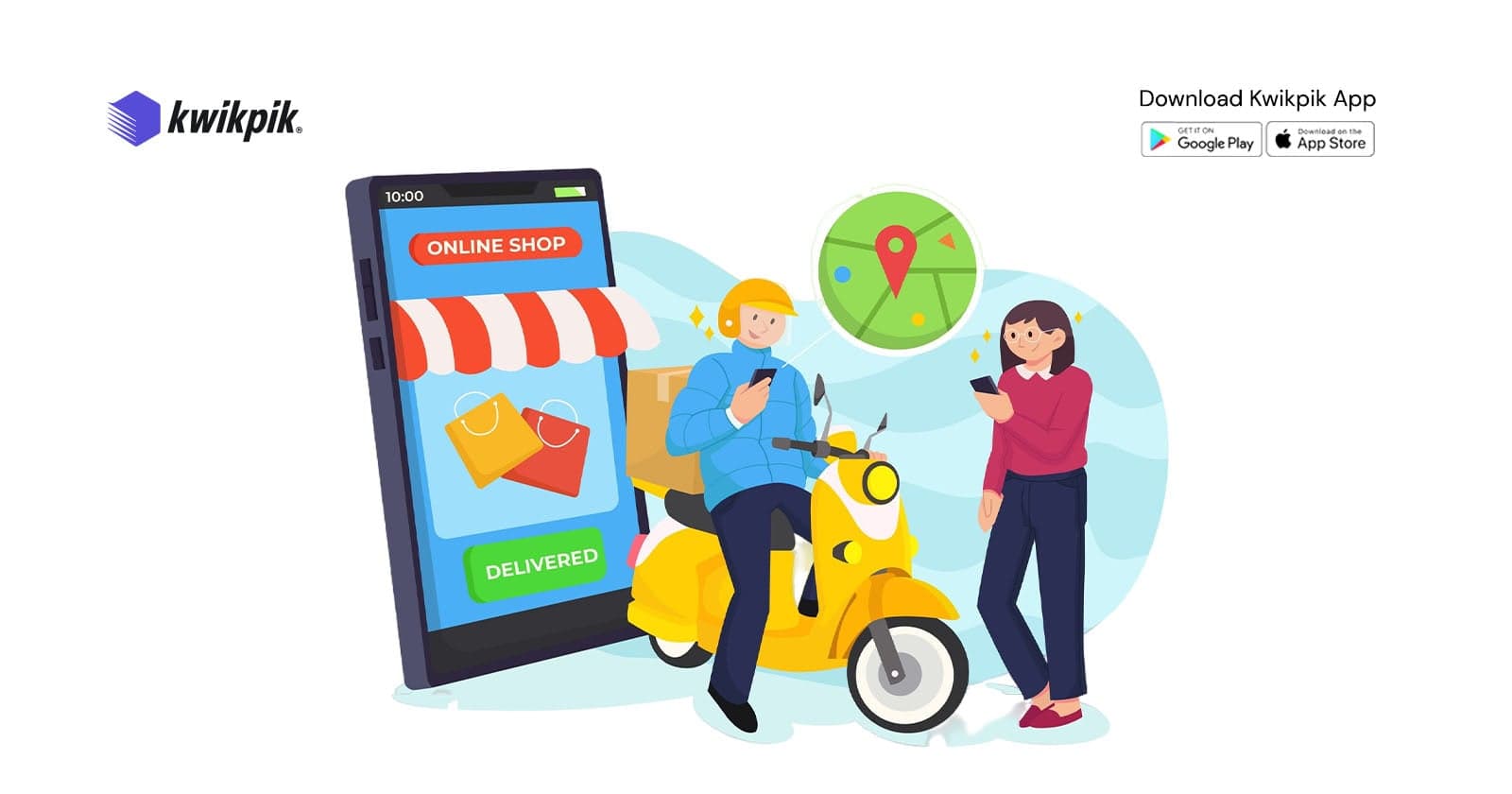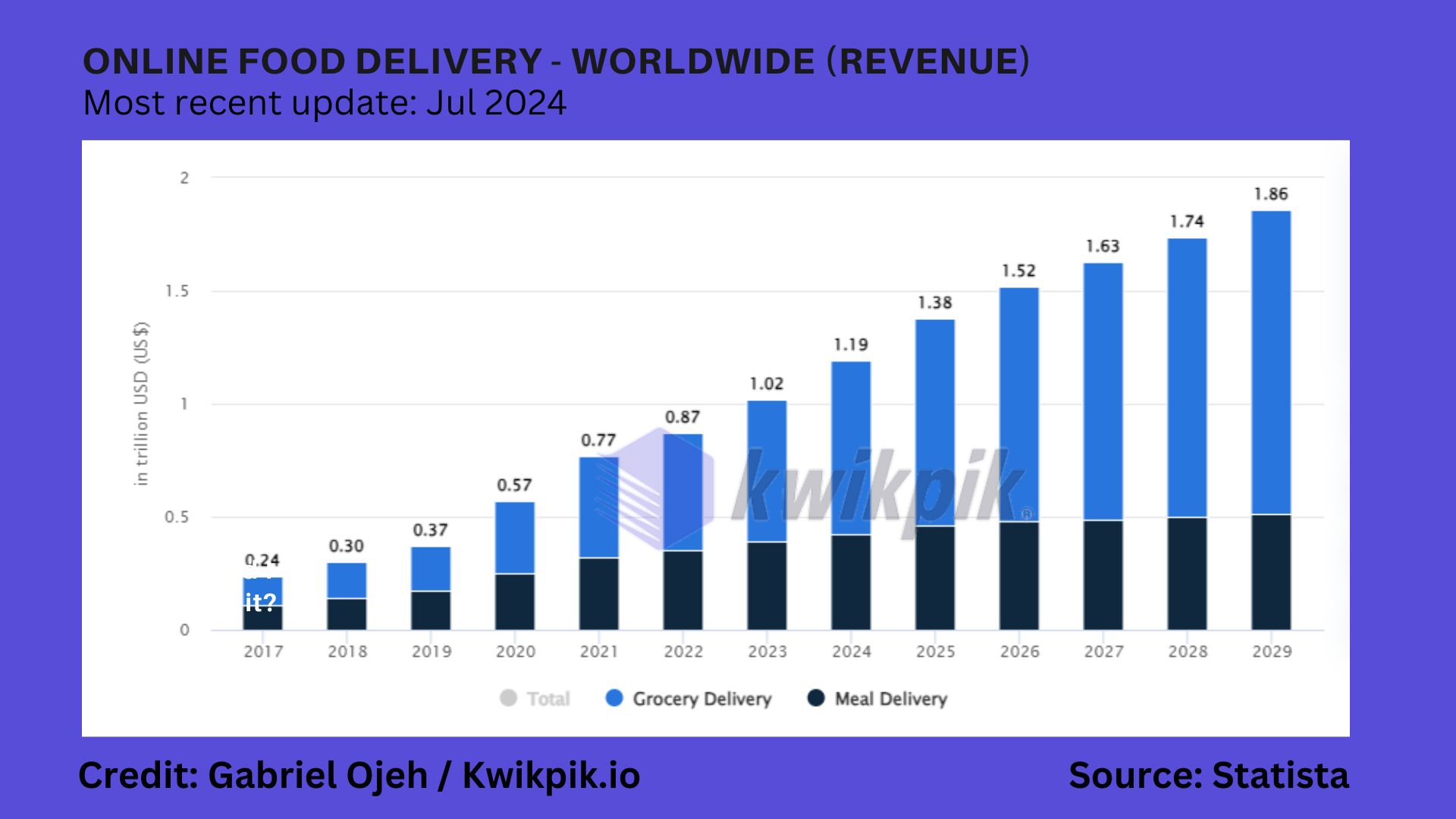
The Ultimate Guide to Creating a Business Plan for Your Online Food Delivery Service
4 mins read
Creating a business plan for your online food delivery service is not just a formality; it is a critical step toward achieving success in a highly competitive market.
As the demand for food delivery continues to surge, having a well-structured business plan can make all the difference between thriving and merely surviving.
This comprehensive guide will walk you through the key components of a business plan, ensuring you cover all the necessary aspects to launch and grow your service effectively.
The Importance of a Business Plan
A well-structured business plan serves as a roadmap for your online food delivery service. It outlines your business goals, strategies, and the necessary steps to achieve them. This document is crucial for securing funding, attracting partners, and guiding your operations.
Key Benefits of a Business Plan
Clarifies Business Objectives: Helps define your mission, vision, and goals.
Market Analysis: Provides insights into your target market and competition.
Financial Planning: Assists in budgeting and forecasting revenue.
Operational Strategy: Outlines logistics, staffing, and delivery processes.
Food Delivery Market Overview
According to Statista, the online food delivery market is experiencing significant growth, with revenue projections indicating it will reach $1.20 trillion in 2024. This upward trend is expected to continue, with a compound annual growth rate (CAGR) of 9.04% from 2024 to 2029, resulting in a projected market volume ofUS$1.85 trillion by 2029.

Online Food Delivery Market:
Projected revenue to reach US$1.20 trillion in 2024.
Expected CAGR of 9.04% from 2024 to 2029, leading to a market volume of US$1.85 trillion by 2029.
Grocery Delivery Market:
Anticipated 20.0% revenue growth in 2025.
Projected market volume of US$0.77 trillion in 2024.
Regional Revenue Highlights:
- China is expected to generate the highest revenue at US$450.50 billion in 2024.
User Statistics:
Meal delivery market users are expected to reach 2.5 billion by 2029.
User penetration in the meal delivery market is projected at 26.6% in 2024.
Average Revenue Per User (ARPU):
- ARPU in the grocery delivery market is projected to be US$495.50 in 2024.
8 Steps to Create Your Business Plan
Step 1 - Executive Summary
Begin with an executive summary that sums up your business idea, target market, and unique selling proposition (USP). This section should be concise yet compelling, encouraging readers to delve deeper into your plan.
Step 2: Market Research
Conduct thorough market research to understand your target audience and competitors. Identify trends in the online food delivery industry, such as consumer preferences for convenience and speed. Utilize surveys and focus groups to gather data that will inform your strategy.
Step 3: Define Your Unique Selling Proposition
Determine what sets your service apart from competitors. This could be a unique menu, faster delivery time, or eco-friendly packaging. Highlighting your USP will help attract customers and build brand loyalty.
Step 4: Business Model
Choose a business model that aligns with your goals. Options include:
Traditional Delivery: Partnering with restaurants to deliver their food.
Ghost Kitchen: Operating a delivery-only kitchen to reduce overhead costs.
Meal Kits: Offering pre-prepared meal kits for customers to cook at home.
Step 5: Logistics and Operations
Detail the logistics of your delivery service. This includes:
Delivery Fleet: Decide whether to use third-party services like Kwikpik or build your delivery team.
Technology: Invest in a user-friendly app or website for order placement and tracking.
Inventory Management: Outline how you will manage food supplies and delivery schedules.
Step 6: Marketing Strategy
Develop a marketing strategy to promote your service. This should include:
Social Media Campaigns: Leverage platforms like Instagram and Facebook to reach your target audience.
SEO Optimization: Ensure your website is optimized for search engines to increase visibility.
Promotions and Discounts: Attract initial customers with special offers.
Step 7: Financial Projections
Include detailed financial projections, covering:
Startup Costs: Estimate initial investments for equipment, technology, and marketing.
Revenue Model: Outline pricing strategies and expected revenue streams.
Break-even Analysis: Determine how long it will take to become profitable.
Step 8: Legal Considerations
Address the legal aspects of starting your food delivery service, including:
Licenses and Permits: Ensure compliance with local health and safety regulations.
Insurance: Obtain necessary insurance to protect your business and assets.
Conclusion
Creating a comprehensive business plan for your online food delivery service is a critical step toward success. By following these guidelines, you can build a solid foundation for your business, ensuring that you are well-prepared to navigate the challenges of this industry. Remember to revisit and update your business plan regularly as your service grows and market conditions change.
Let Kwikpik Help You Grow Your Own Food Delivery Business
Kwikpik is a leading Delivery-as-a-Service (DaaS) provider in Nigeria, offering end-to-end logistics solutions for businesses and individuals. With our user-friendly app, you can easily manage deliveries and track your packages in real-time.
Some key features of Kwikpik include:
Same-day and next-day delivery options.
Affordable pricing without hidden costs.
Delivery to remote areas across Nigeria.
Insurance and packaging services to secure your deliveries.
To learn more about how Kwikpik can help you with your online deliveries, visit our website.
Download our app| Become a rider| Become a business partner| Visit our social channels


